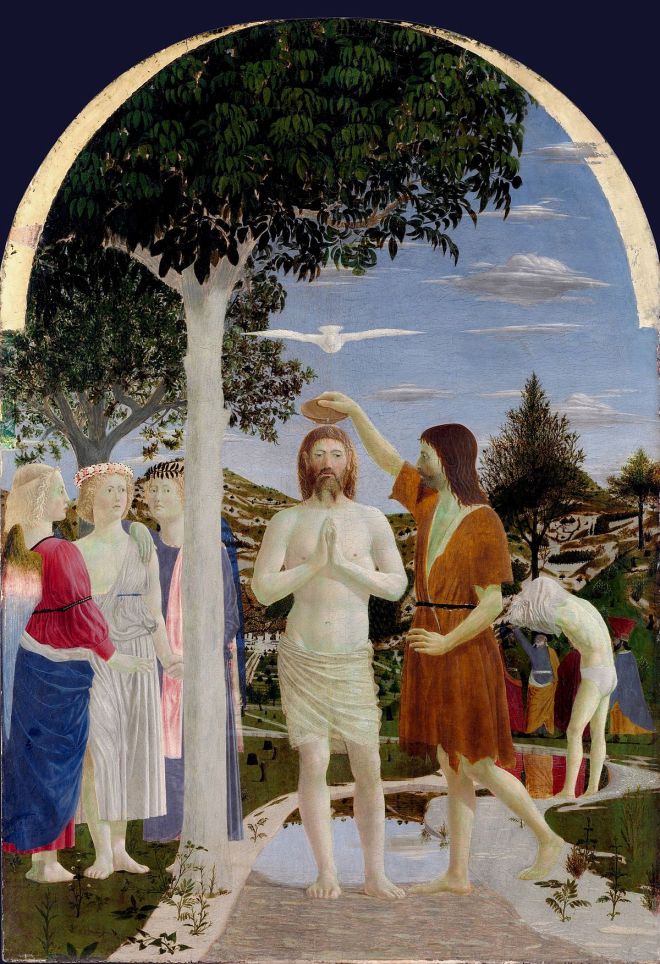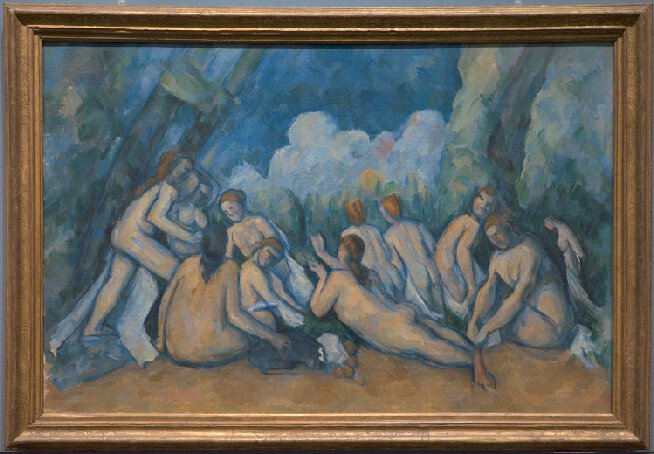The National Gallery is one of the most important galleries in London because it hosts painting from the 15th century like Leonardo Da Vinci or Piero Della Francesca to the 18/19th-century artist like Georges Seurat and Vincent Van Gogh. We once went with all the CTS class to do a visual exercise that it was finding two painting with female nude and understand what the painters were trying to communicate.

Before starting the research of a beautiful and full of meaning woman I went in the more classic part of the gallery, where I could admire the beautifulness of “The Baptism of Christ” (Piero Della Francesca, 1450). Since I was 12 years old this paint was always one of the covers of the Art History Books and seen it in front of me it was an experience; further to Piero Della Francesca, “The Virgin Of The Rocks” (Leonardo Da Vinci, 1506) and “Venus and Mars” (Sandro Botticelli, 1485).
For the CTS exercise, we had just to peak up a piece from the 18th century onwards, so the majority of the possibilities of choice where gone. In the 19th century, art movements (loose associations of artists working in a similar style) emerged, as did the idea of the independent artist who rebelled against the official art establishment, so also the view of a nude in painting changed.

One of the two painting that I chose was “Bathers (Les Grandes Baigneuses)” (Paul Cézanne, 1905). Cézanne was reinterpreting a long tradition of paintings with nude figures in the landscape by artists such as Titian and Poussin. While the subjects of their works were taken from classical myths, Cézanne did not use direct literary sources. Instead, his central theme was the harmony of the figures with the landscape expressed through solid forms, strict architectonic structure, and the earth tones of the bodies.
Bibliography:
http://www.nationalgallery.org.uk

